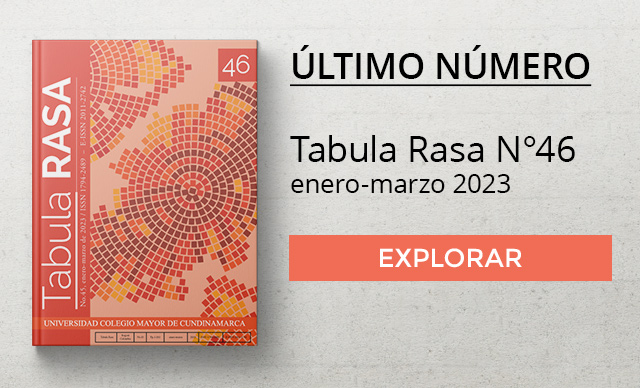Emily Wamsley
emily@walmsley.net
Universidad de Manchester
Abstract:
Throughout the African diaspora blackness has long been associated with rhythmic dancingabilities. The association is often naturalised in popular discourses to suggest that blackpeople have an innate sense of rhythm – that rhythm is «in their blood». This charaterisationis at times appropriated by individuals who self identify as black and consider their dancingskills an important part of their embodied racial identity. Such representations of race are apowerful force in shaping social relations and it is therefore crucial to understand how theyare reproduced and made meaningful in everyday life. This paper attempts to do so byinterrogating the naturalised link between race and rhythm in the case of Esmeraldas, Ecua-dor. Drawing on detailed ethnographic material from this city, it emphasises the shifting,often ambiguous processes of racial identification, it questions closely the relationship be-tween bodies and discourse, and it highlights the significance of particular social and politicalcontexts in the construction of racial differences.
Key words: Race, representation, dance, identity, embodiment.







